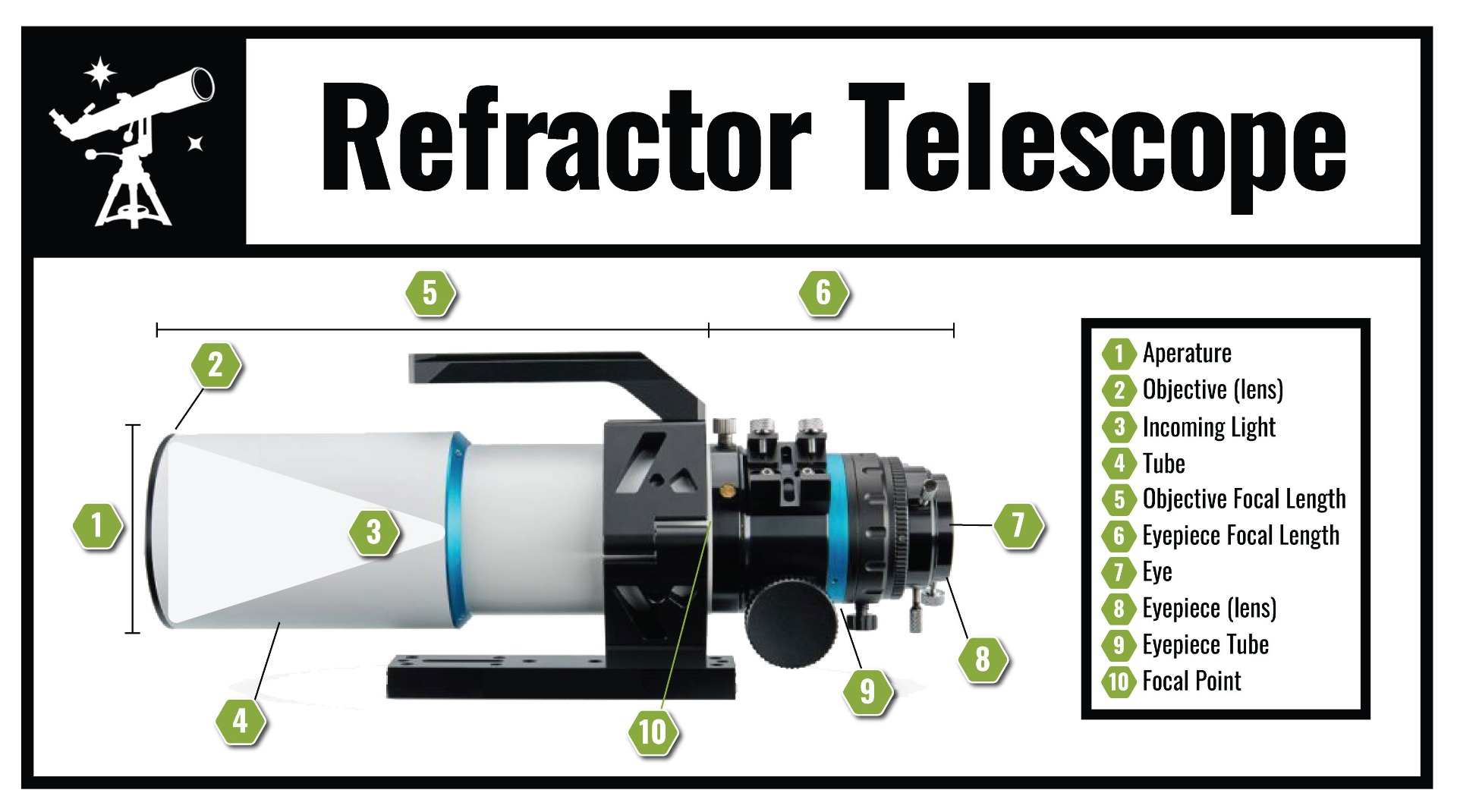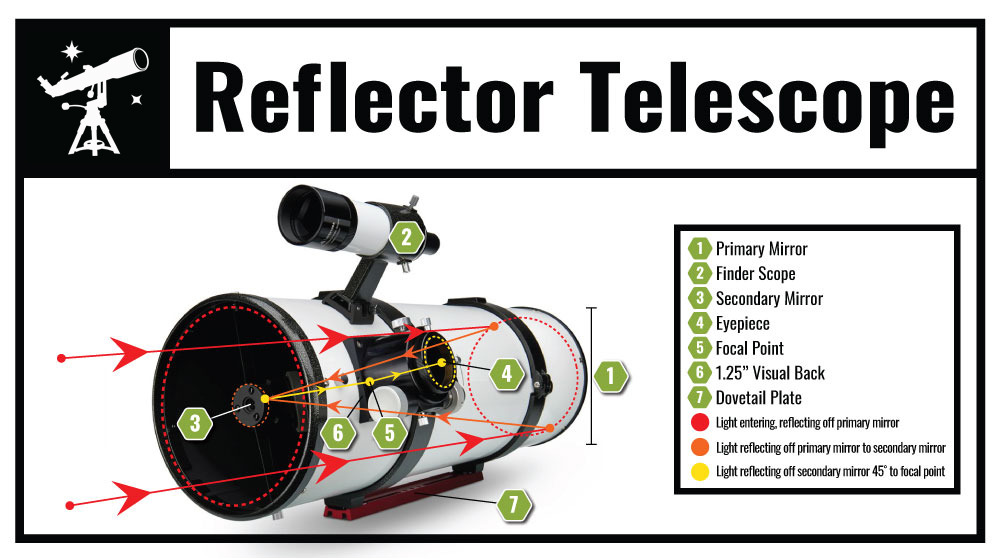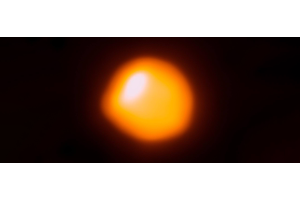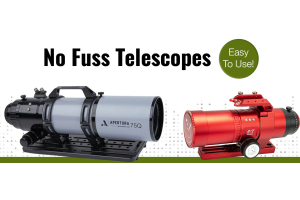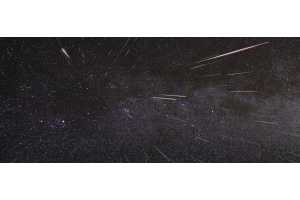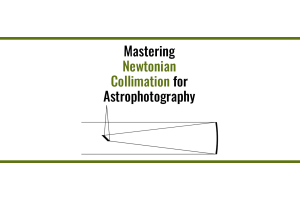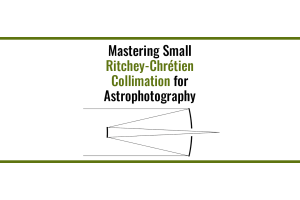
Telescopes are amazing tools. Not only do they allow us to see distant objects that lie beyond the reach of our eyes, but they can also reveal details on objects that would otherwise remain unseen. Jupiter’s Great Red Spot, the rings of Saturn, the ghostly shells of planetary nebulae, and the dust lanes of distant galaxies were all discovered with the aid of the telescope. It’s no exaggeration to say that telescopes have literally revolutionized the way we look at the universe.
Who Invented the Telescope?
You might think that Galileo Galilei invented the telescope, but that isn’t actually the case. The fact is, no one knows for sure who invented the telescope, and while the first patent was filed in 1608 by Hans Lipperhey, that doesn’t necessarily mean he was responsible for its invention.
Just as word of new technology spreads quickly today, so it did back in the 17th century. Many amateur astronomers took the time to build their own telescopes, and Galileo was one such amateur. His discoveries would have a profound effect on both astronomy and our view of the cosmos, which perhaps helps to explain why some mistakenly believe he invented the instrument.
How Does a Refractor Telescope Work?
Galileo’s telescope was a simple one and lacked the optical quality that amateur astronomers enjoy today. Known as a refractor, it’s the type of telescope many people think of when they imagine what a telescope looks like - a long tube (called an optical tube) with a large lens at one end and a smaller eyepiece at the other.

Image: Galileo Galilei with the first telescope he created. Source: BBC Sky At Night Magazine
How Does a Reflector Telescope Work?
Refractors have remained popular over the centuries and are still commonly used today. The larger end of the telescope, known as the aperture, holds the objective lens in place. Since the objective lens is larger than the eyepiece, the light must be compressed into a narrower beam, otherwise, most of it will simply be lost.
The objective lens is therefore convex, and it angles the beams of light so that they converge into a single focal point in the optical tube. After the beams cross, they exit through the eyepiece, but in doing so the image becomes inverted.
This doesn’t really impact astronomy (although it can be a little confusing at first) but if you want to use your telescope on a terrestrial target it’ll appear upside down!
There are some refractors that have an additional lens inside the optical tube, which will correct the orientation of the image, but each time the image is flipped, a little light is lost. The image then degrades slightly as a result. (It’s a little like copying an old VHS videotape. If you made copies of the copy the image quality would be degraded.)
One other issue with refractors is the impractical nature of having to look through a long tube at your target. It’s easy enough to observe an object close to the horizon, but targets higher in the sky can require you to strain your neck or contort your body in order to look through the eyepiece.
Fortunately, there’s a simple solution. A star diagonal (also simply known as a diagonal) is a small piece of equipment that allows you to observe your target comfortably. One end slots into the focuser, where you would normally insert the eyepiece, and then the eyepiece itself is inserted into the other end.
Its design includes a small mirror that’s angled at 45 degrees. This causes the light to be reflected out of the telescope perpendicular to the optical tube so that rather than looking through the telescope, you’re actually looking into it. The diagonal can also be rotated to optimize your comfort while you’re observing.
No new technology is ever perfect, and the refractor telescope was no exception. The problem was that the lens disperses the colors that make up the light, with the result that a bright object can have a rainbow of color around its edges. The Moon is a prime example of this.
Known as chromatic aberration, this remains an issue today in poorer quality telescopes. However, respected brands (for example, Celestron) now manufacture lenses that have reduced this effect to a minimum. This is thanks, in part, to refinements in the lens coatings that help to improve the transmission of light, while minimizing the loss of quality.
However, that wasn’t the case in the 17th century when the refractor was still a relatively new invention. One idea was to use mirrors instead of lenses. Known as a reflector telescope, several astronomers sought to improve the design with some success, but it was Isaac Newton’s solution that eventually proved to be the most popular.
Newton’s design removes the lens at the aperture of the telescope and allows the light to travel unhindered down the optical tube to a mirror at the bottom. This primary mirror then reflects the light back up to a smaller, secondary mirror. Like a star diagonal, the secondary mirror is angled at 45 degrees and bounces the light out of the optical tube and through the eyepiece.
Refractor vs Reflector - Which is Better?
Reflector telescopes have one big advantage over refractors: size. There’s a practical size limit to refractors, which is dictated by the aperture of the objective lens. Larger lenses are obviously heavier, but they also require longer optical tubes as the focal point is further from the lens.
This being the case, most commercial refractors are limited to an aperture of about 150mm or roughly six inches.
Reflector telescopes don’t suffer as badly from this limitation. Since the primary mirror reflects the light back up the optical tube to the secondary mirror, the optical tube’s length is halved. This makes for a shorter, more portable telescope. It’s also more comfortable to use, as the eyepiece is at the top near the aperture, and not at the bottom.
Refractors, however, are not without their advantages. Since their optical tubes are typically longer than reflectors, they have a longer focal length. This is the distance that light must travel from the aperture to the eyepiece. It’s an important number to know, as it dictates the magnification of the eyepiece itself - the longer the optical tube’s focal length, the higher the possible magnification.
Given the choice between a refractor and a reflector of the same aperture, the refractor might be a better choice (if it has a greater focal length), as higher magnifications are better for viewing the planets. And since lens coatings have improved considerably over the past 400 years, if you buy a scope that’s been produced by a reputable manufacturer, the quality of the image will probably be better too.
Catadioptrics - A (Relatively) New Breed of Telescope
If you’re looking for a scope that has the higher quality lenses of a refractor but the compact build of a reflector, then you should consider a catadioptric (or compound) telescope.
This design uses both lenses and mirrors to produce a quality image without compromising on size or comfort. Like a refractor, it has a lens at the aperture of the telescope, called a corrector lens. Light passes through this lens and then travels down the optical tube to the primary mirror, before being reflected back up the tube - like a reflector.
However, instead of the secondary mirror being located part-way along the tube, it’s actually at the center of the corrector lens, at the aperture of the scope. The light is then reflected back down to the bottom of the optical tube and exits through the eyepiece, like a refractor.
It’s a hybrid that really has the best of both worlds:
- A lens for better quality images
- Longer focal lengths for higher magnification
- A compact design for easier storage and transportation
The downside? As you might expect, compound scopes are typically a little more expensive than their refractor and reflector cousins, but there are still a number of affordable options available.
Which Scope is Right For You?
Regardless of whether you want to observe the Moon, planets, or objects beyond the solar system, there’s a scope out there that’s just right for you. If you’re not sure which one that might be, call us toll-free at 800-266-9590 for some impartial advice from our non-commissioned experts. And once you’re all ready to go, check out our Astronomy Hub for some great tips and advice on what to observe and how to get the most out of your scope!
This Article was Last Updated on 07/27/2023





